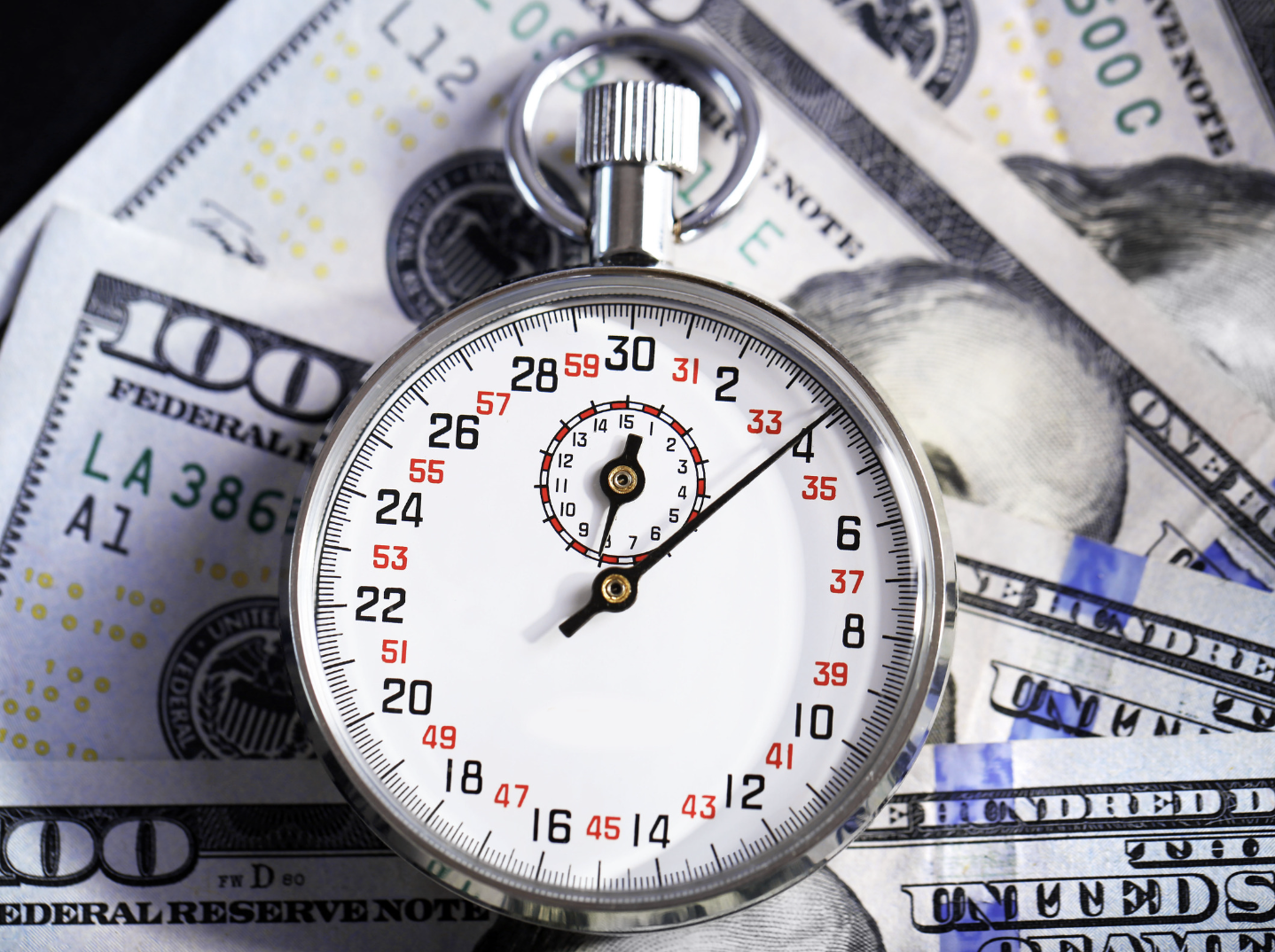With the Federal Reserve expected to reduce interest rates for the first time since 2020, now is the perfect moment to consider how you manage your money. While rate cuts often trigger excitement for borrowers, particularly those eyeing lower mortgage or car loan payments, savers and investors should pay close attention. The inevitable downside to a Fed rate cut is that your bank deposits and low-risk investments will likely earn less interest. If you’re smart, however, you can still find ways to maximize your interest earnings before rates start dropping.
What a Rate Cut Means for Your Money
When the Fed reduces its target interest rate, borrowing money becomes more affordable. That’s great if you’re looking to refinance your mortgage, take out a loan, or buy a car. But lower rates also mean that banks, in turn, offer lower returns on savings accounts, certificates of deposit (CDs), and other low-risk investments.
So, how do you make the most of your money in a falling rate environment? It’s all about locking in the highest possible rates now and rethinking where you park your cash.
Step 1: Shop Around for High-Interest Bank Accounts
The first thing to do is review your bank accounts. Savings and checking accounts are the backbone of your financial strategy, but traditional banks often offer low annual percentage yields (APYs), which are likely to fall even lower after a Fed rate cut. To boost your earnings, start exploring alternatives.
Look for high-yield savings accounts or checking accounts, particularly those offered by online banks and credit unions. These often provide significantly better rates than their brick-and-mortar counterparts, even in a declining rate environment. You’ll also want to compare mutual banks and other institutions that offer competitive APYs. While you may not get rich on these returns, a higher interest account can still give your savings a boost.
Step 2: Lock in Rates with CDs—Before They Drop
For money you don’t need immediately, now is the time to lock it into a certificate of deposit (CD) with a high APY. Current CD rates hover around 5%, which is fantastic by today’s standards, but this won’t last long. As the Fed cuts rates, CD yields will follow, so securing a long-term CD at current rates could safeguard your returns for months or even years to come.
A smart strategy for the uncertain future is CD laddering. This involves opening multiple CDs with different maturity dates, allowing you to benefit from today’s higher rates while maintaining flexibility for future opportunities. This is especially useful for those saving for larger goals, such as a home down payment.
Step 3: Capitalize on Treasury Bills While You Can
Treasury bills (T-bills) offer another solid way to lock in returns before rates fall. Like CDs, T-bills are offering relatively high rates right now—around 5% in some cases—but these too will decrease after a rate cut. A key advantage of T-bills is that you don’t have to pay state or local taxes on the earnings, which can add up if you’re in a high-tax area.
As with CDs, the time to act is now. Compare T-bill yields with CD rates to see where your money will work hardest for you.
Step 4: Rebalance Your Portfolio for the Long Haul
If your portfolio leans heavily on fixed-income investments like bonds, you’ll want to reassess your strategy. As interest rates drop, these investments become less attractive. For long-term investors, this is an opportunity to shift money into equities—particularly stocks that are more sensitive to rate cuts.
Real estate investment trusts (REITs) and small-cap stocks are two areas that typically benefit from lower interest rates. REITs, for example, tend to perform well in a low-rate environment, as borrowing costs for property developers decrease. Meanwhile, small-cap stocks often outperform larger firms when rates are low, as these companies tend to be more agile and able to capitalize on cheaper borrowing.
While the stock market’s reaction to rate cuts can be unpredictable, positioning your portfolio to benefit from lower rates could offer a meaningful upside over time.
Seize the Moment, Plan for the Future
The looming Fed rate cut shouldn’t come as a surprise, but that doesn’t mean you should sit idly by. Whether it’s maximizing the return on your savings accounts or locking in high rates through CDs and T-bills, there are steps you can take now to safeguard your interest earnings. And for those willing to take on more risk, rebalancing your portfolio could set you up for future gains.
Remember, rate cuts are often a boon for borrowers, but they don’t have to be a loss for savers. A little foresight and strategic planning can go a long way toward ensuring your money continues to work hard for you, even in a low-rate environment.
‘Rent-First’ Lifestyle Gains Popularity: When Renting Makes More Sense Than Buying





